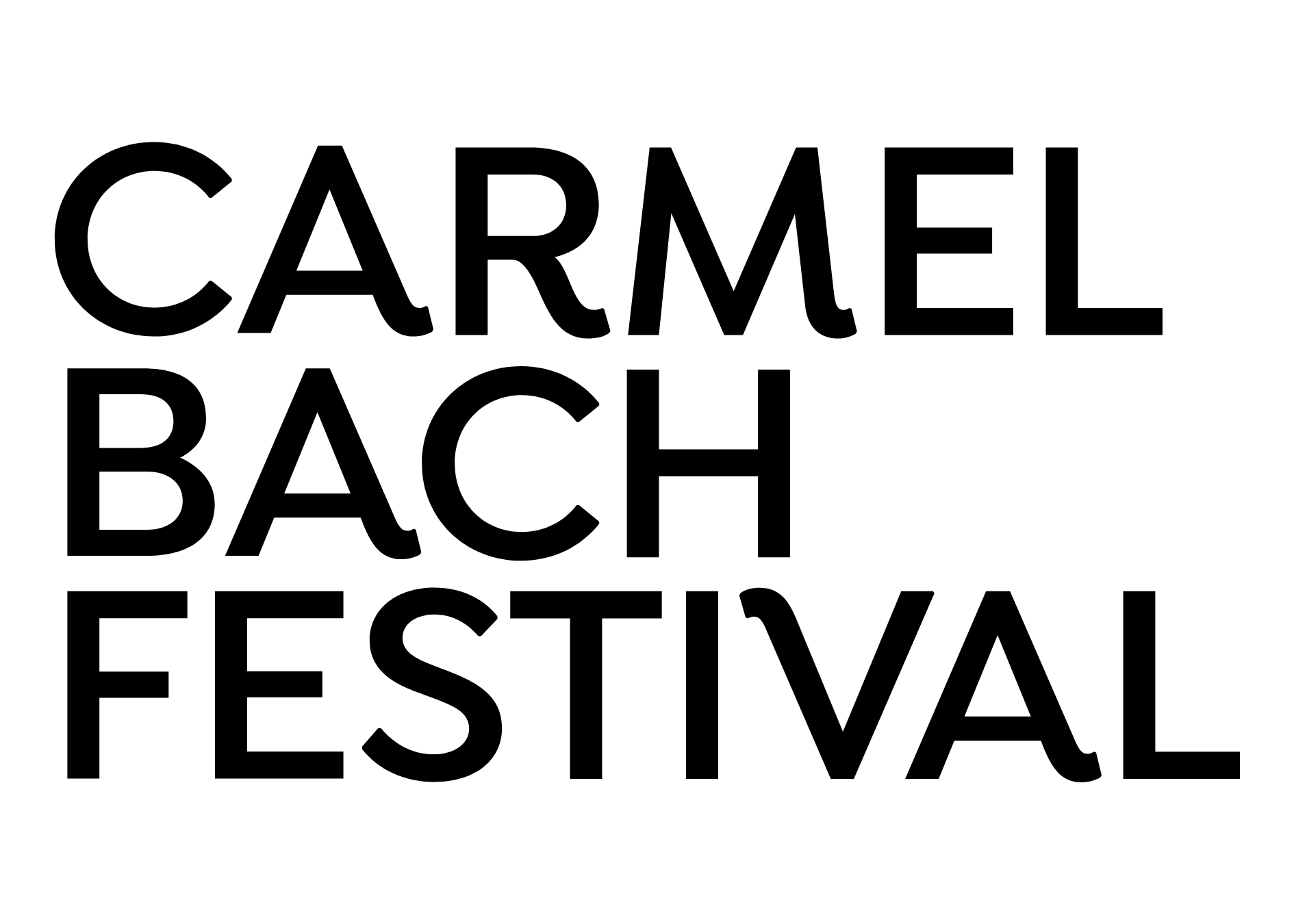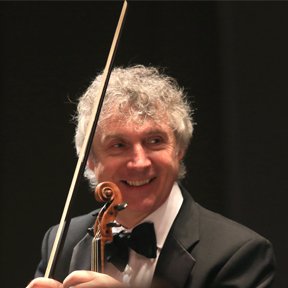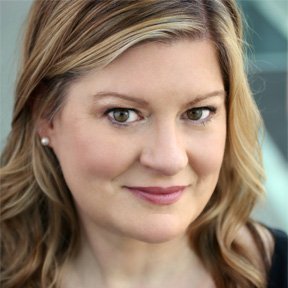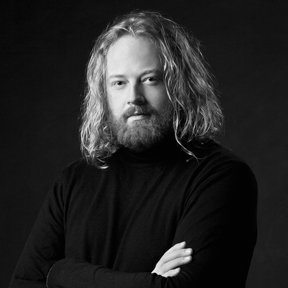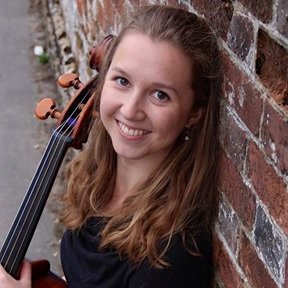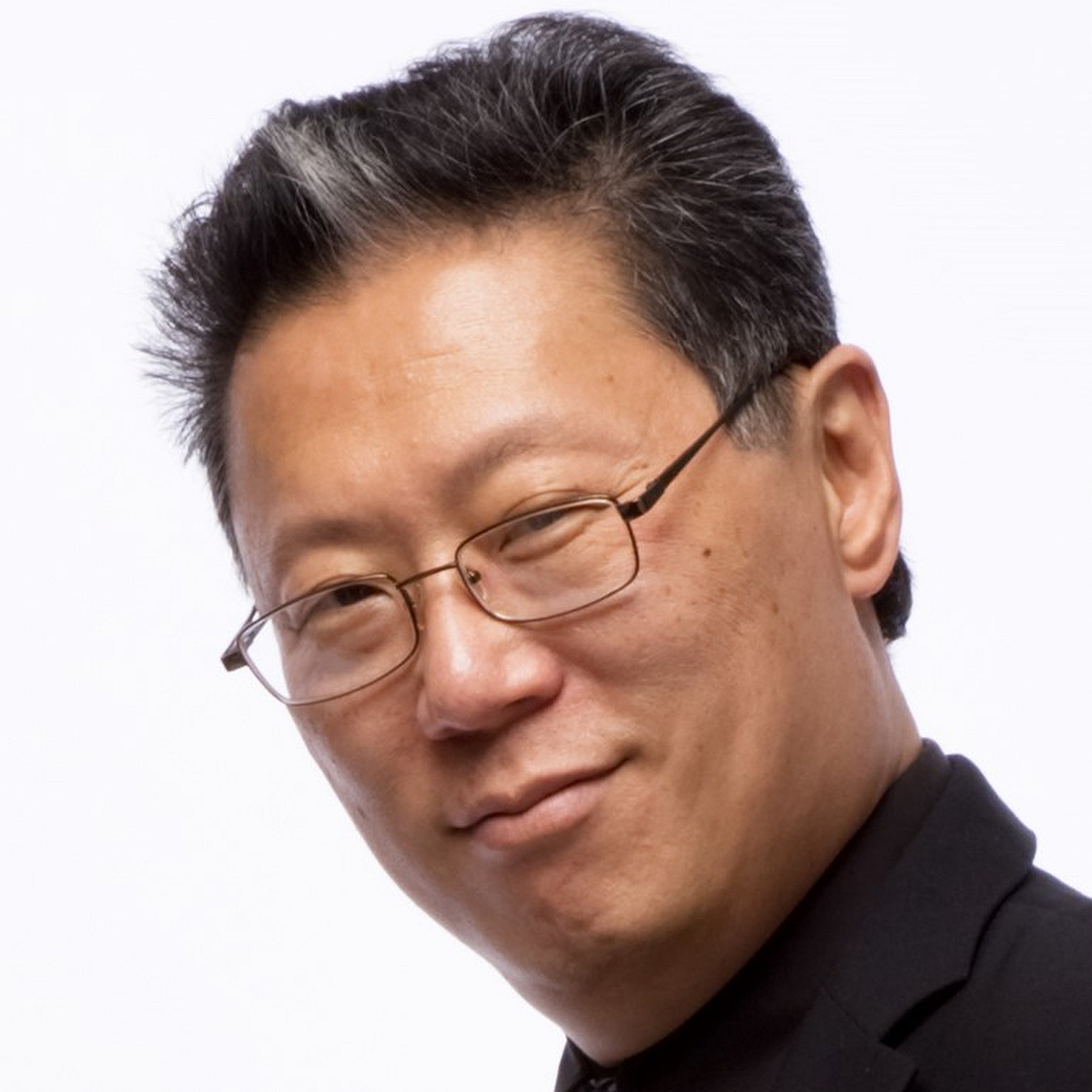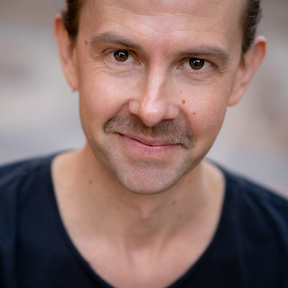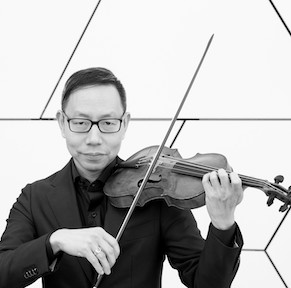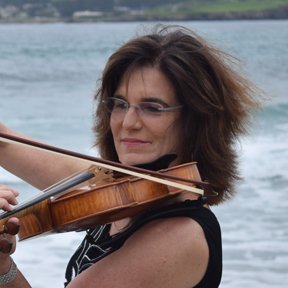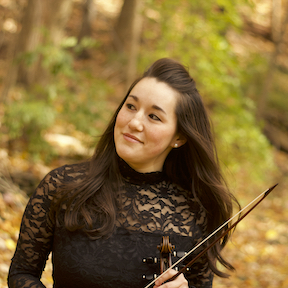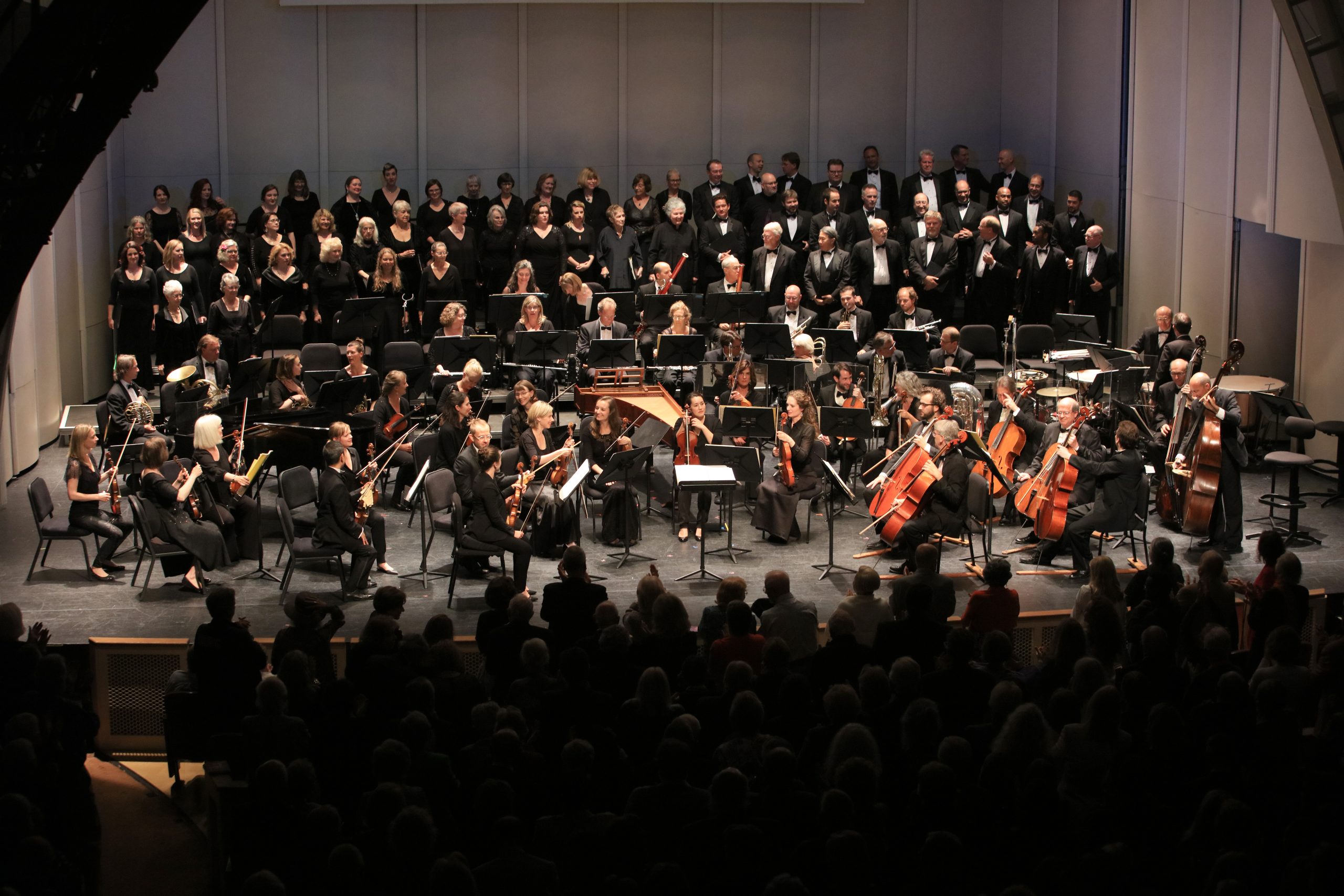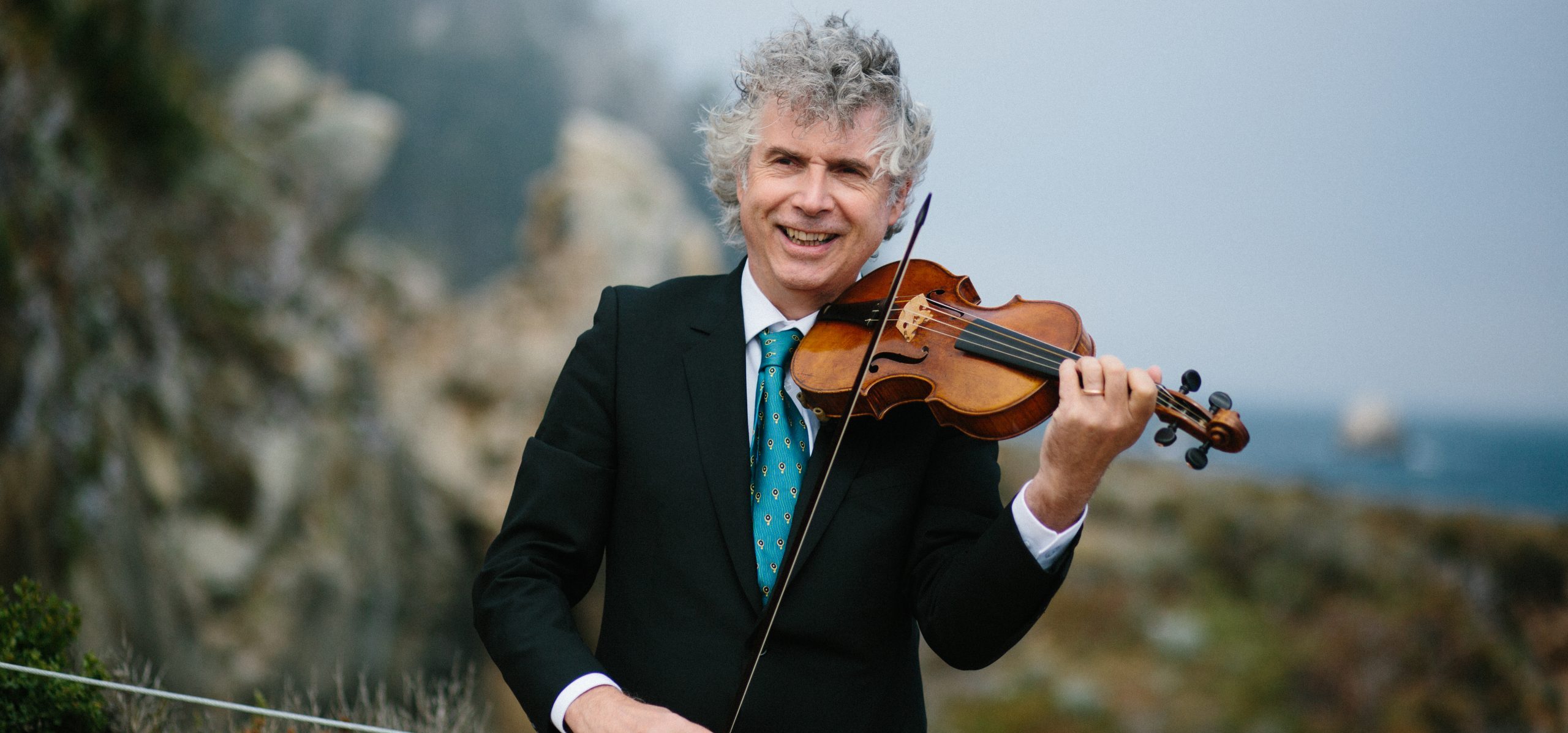
Double Concertos
Mondays, July 18 & 25, 7:30 PM
|
ANTONIO VIVALDI |
Concerto for Strings in C Major, RV115 |
|
|
(1678 –1741) |
||
|
ARCANGELO CORELLI |
Concerto Grosso in D Major Op. 6 No. 4 |
|
|
(1653 –1713) |
Peter Hanson and Edwin Huizinga, violin |
|
|
JOHANN SEBASTIAN BACH |
Concerto for Two Violins in D Minor, BWV 1043 |
|
|
(1685 –1750) |
Peter Hanson and Cynthia Roberts, violin |
|
|
ANTONIO VIVALDI |
Concerto for Two Violins in D Minor, RV 565 |
|
|
(1678 –1741) |
Peter Hanson and Johanna Novom, violin; Ezra Seltzer, cello |
|
|
JOHANN SEBASTIAN BACH |
Concerto for Violin and Oboe C Minor, BWV 1060 |
|
|
(1685 –1750) |
Peter Hanson, violin and Gonzalo X. Ruiz, oboe |
|
|
JOHANN PACHELBEL |
Canon in D Major |
|
| (1653-1706) |
Peter Hanson, Edwin Huizinga, and Johanna Novom, violin |
|
Artists: Concertmaster Peter Hanson, Festival Orchestra
Program Notes
Concerto for Strings in C Major, RV115
Vivaldi’s Concerto for Strings in C Major was written during his near 30-year tenure as a teacher and composer at the Ospedale della Pietà, the girls’ orphanage in Venice renowned for its rigorous music program. The piece begins with the Allegro molto, a lightning pace opener full of scalar quips between the two violinists. The Larghetto’s glacial harmonic motion in the relative minor builds toward unexpected, dissonant chords before the Allegro rebounds with vibrancy in the traditional binary dance form (AABB).
– Jennifer Candiotti
Concerto Grosso in D Major Op. 6 No. 4
Corelli’s Concerto Grosso in D Major Op. 6 No. 4 is part of a collection of 12 Concerto Grossi published posthumously in 1714 by a publishing house in Amsterdam. Music publishing didn’t take off in Corelli’s native Italy until 1808 (95 years after his death), but as early as 1697, Amsterdam publishing houses flourished, printing music scores with time- saving engraved copper plates and distributing catalogues abroad. This allowed Corelli’s music to circulate among amateur musicians and influence Baroque composers across Europe.
Written in an expanded trio sonata style, this Concerto Grosso’s brief Adagio introduction sways effortlessly, easing into the piece before the brisk Allegro in D Major. The second movement in the relative minor is a restful moment concluding on the dominant, open- ended and unresolved. The following Vivace is a waltz-like dance with the rhythmic drive in the viola line, granting the movement a grounded elegance. The final movement, written in two parts offers a fresh lightness, alternating between eighth notes and triplets, before the vibrant tutti of the second Allegro leads the work to a rapid and satisfying conclusion.
– Jennifer Candiotti
J.S. Bach, Concerto for Two Violins in D Minor, BWV 1043
Although Bach is best known as a performer on the organ, his first professional appointment was as a violinist, joining the Weimar Hofkapelle in 1703. His son Carl Philipp Emmanuel wrote that “In his youth, and until the approach of old age, he played the violin cleanly and penetratingly. He understood to perfection the possibilities of all stringed instruments. This is evidenced by his solos for the violin and for the violoncello without bass.”
In the Double Concerto, Bach perfectly fuses the Italian concerto ripieno style with German contrapuntal complexity. The outer movements signify this with the fugal treatment of the solo parts and bass line. In the slow movement the soloists maintain a canonic relationship, but in
a relaxed, Arcadian atmosphere supported by lilting rhythms in the orchestra. With the equality of the two solo parts, their close and constant dialogue, and the sheer pleasure their execution gives performers and listeners alike, it is not surprising that Samuel Applebaum once dubbed this “the violinists’ friendship piece.”
– Allen Whear
Vivaldi, Concerto for Two Violins in D Minor, RV 565
Vivaldi’s collection of concertos, entitled L’estro armonico (roughly translated as The Harmonic Inspiration) was one of the most influential publications of the eighteenth century, first appearing in print in 1711. Comprising twelve works of varying instrumentation (concertos for one, two, or four violins), an astonishing range of character, color, and form is achieved using just strings and continuo. J.S. Bach thought well enough of them to transcribe six for keyboard instruments. The Concerto in D Minor, Op. 11, No. 3, is one of the most unusual of the set. It features two solo violins and a solo cello, outwardly the same design as a Corelli concerto grosso. But within this work there are a number of different combinations at play. In the dramatic opening, the two solo violins spar canonically until the cello intervenes. Stark chords from the orchestra lead to a fugue, a novelty in a Vivaldi work. The second movement, Largo e staccato, is a lovely siciliana for solo violin framed by an orchestral introduction and conclusion. The final Allegro offers propulsive episodes demonstrating a variety of textures. Bach’s version of this piece is a brilliant solo organ concerto, BWV 596. This link with Bach was an important element in the rediscovery of Vivaldi in the twentieth century.
– Allen Whear
Concerto for Violin and Oboe C Minor, BWV 1060 Bach
There is no original manuscript for Bach’s Concerto for Violin and Oboe in C Minor. The only copy is a “back-up” transcription written for two harpsichords, presumably created to preserve musical material for later arranging (as was common practice during the time). Scholars generally agree the original version called for oboe and violin, because Bach didn’t write double concertos for harpsichord (with only one exception). Tonight’s performance is a reconstruction of the original, resurrecting the version musicologists believe Bach composed in the early 1720s during his time as Kapellmeister for Leopold, Prince of Anhalt-Köthen.
– Jennifer Candiotti
Pachelbel’s Canon
Johann Pachelbel was one of the most important organists of the Baroque era. A native of Nuremburg, he worked in Vienna and elsewhere, including Eisenach and Erfurt, places which put him in contact with the Bach family, with which he was close. J.S. Bach’s older brother Johann Christoph was among his students. Pachelbel’s music might well be known only by organists and music historians, were it not for the remarkably popular Canon e gigue for three violins and continuo. It was published in scholarly editions in the early twentieth century, but it was an LP recording by the Jean Francois Pailliard chamber orchestra, followed by countless others, that earned the piece widespread popularity.
Its appeal and its accessibility might be partly attributed to its clarity and perfection of form. A ground bass of eight notes, similar to bass lines in many pop songs, is repeated twenty- six times. The violins build a perfect three-part canon, increasing to a peak of complexity
and then retreating to the simplicity of the beginning. It has achieved iconic status in the classical canon (no pun intended). Consider the brief and lively gigue a bonus track.
—Allen Whear
Peter Hanson is a period instrument specialist and recording artist. He is in his 11th season as concertmaster of the Carmel Bach Festival Orchestra. He has performed with modern and period instrument including the Academy of St. Martin in the Fields and the London Symphony and served as concertmaster for Mstislav Rostropovich and the Philharmonia Orchestra as well as Sir John Eliot Gardiner’s Orchestre Revolutionaire et Romantique for more than 25 years appearing on nearly all its recordings and concerts.
